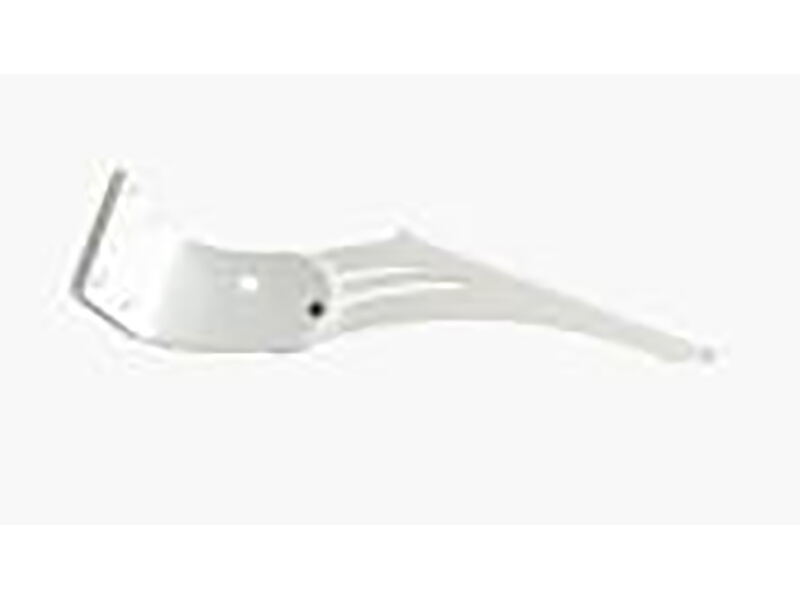The auto industry refers to one of the most strategic industries as it involves the use of high precision engineering, quality and adherence to reliability. Due to the significant functions vehicles perform in our lives, it is crucial to provide components’ stability and performance over the years. This article explores the detail of material selection, fabrication, assembly and test procedures as well as durability assessment of automobile components.
A Glimpse on how Automobile Components are Developed
Automotive part design is a topic that defines how the various car parts are developed, and the process starts with recognizing the need and limitations of the vehicle in its supposed usage. Any component of the aircraft must meet standards of durability of material, weight, cost of manufacturing, and environmental impacts.
1.Material Selection: The material used will also define the durability and efficiency of the product and this is a very sensitive area. The selection of materials varies; the most common are metals, particularly steel, and aluminum, and composites with plastics being the light counterparts. The material is subjected to high mechanical stress, extreme environmental conditions and hazards of interaction with chemicals.
2.Computer-Aided Design (CAD): A number of design changes in today’s automobiles are made possible by CAD where members of the engineering team can create accurate 3D models of their designs which help not only in design but in conducting simulation in early stages where different parts are tested for the different conditions that they are likely to encounter during their operational life. This assists in maximizing the design before actual mockups are created.
3.Prototyping: When it comes to the specific design, prototypes of such a car are developed. Prototyping enables the engineer to evaluate part’s physical characteristics and subsequently, make changes prior to a high volume run.
Production Methods and Technology of Automobile Components
The process of manufacturing involves equally important steps as the design-construction of automotive parts. It requires the use of complex method and process in order to ensure accuracy and standard.
1.Casting and Forging: These are conventional techniques which are extensively employed in production of metal components. Casting is the process of creating forms by depositing molten metal in molds while on forging, metal is shaped through the application of force, creates high strength parts.
2.Machining: It is a manufacturing process in which cutting tools are used to slice through a workpiece to precise dimensions. Milling is one of the techniques which is used in the manufacturing process of a product as shown by Turner.
3.Additive Manufacturing (3D Printing): This is a new method of fabrication and is gaining popularity because of its ability to fabricate intricate shapes and geometries with good accuracy and efficiency while minimizing material usage. It is especially valuable for generating prototypes and making special elements.
4.Injection Molding: Plastic part manufacturing process; In this process for the production of plastic components, injected molding is normally used where a molten plastic material is injected to a mold form and then solidified.
Common Testing Methods for Automotive Parts
Applying pressure to automotive parts is vitally important and guaranteeing the reliability of the products that are produced on the assembly line is difficult. Several testing techniques are used so as to verify the functionality and reliability of each of the components.
1.Fatigue Testing: This test measures the status of a part when it is subjected to repeated cyclic stresses for a given period of time. It can assist in a life cycle aspect of the part and possible failure points of the part as well.
2.Thermal Cycling Testing: Automotive spare parts are usually subjected to very high or very low temperatures. Thermal shock tests place the part in conditions of high and low temps to find out how the part will respond to thermal stress.
3.Corrosion Testing: Since auto parts are usually out in the open exposed to climatic elements, it is important to determine their corrosion resistance levels. Some of the exposure methods include salt spray tests, exposure to humid environments.
4.Vibration Testing: This test determines the service capacity of parts in regard to receiving intermittent vibrations, again imitating driving circumstances. It ushers a possibility to discover any vulnerabilities that may lead to failure.
Gauge of Organizational Performance
Automotive parts are generally tested and rated against some set performance parameters so as to guarantee reliable and high quality production.
1.ISO Standards: The International Organization for Standardization (ISO) provide international standard for automotive industries IATF16949 for example, provide requirements on the application of the quality management system.
2.SAE Standards: SAE is the body for providing on design, testing and performance requirements on automotive parts. Such standards help to maintain the consistency and comparator across a wide variety of markets.
3.OEM Specifications: OEMs have their standards which the parts must come with. These specifications can only work with the particular specifications of their vehicles to meet the compatibility and performance.
Conclusion
Longevity and performance of auto parts are matters of life and death and vehicle operations respectively. Beginning from the design concept and the technology used in the creation of the vehicle parts, right to the testing phase and the strict adherence to performance parameters, detail is everything in guaranteeing the durability of the automotive parts.
 Small batches, high standards. Our rapid prototyping service makes validation faster and easier —
Small batches, high standards. Our rapid prototyping service makes validation faster and easier — 
